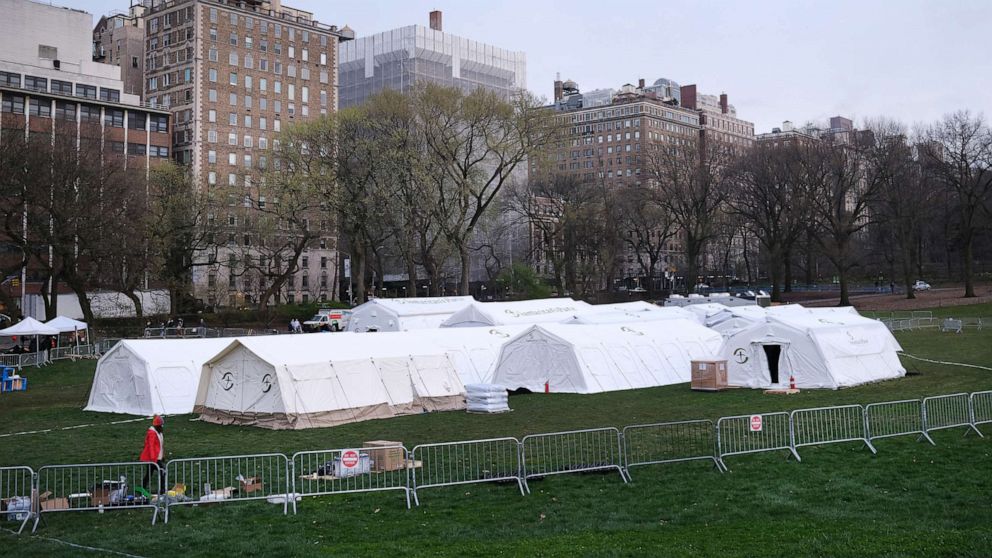Submitted by WA Contents
New AIA task force offers insights for adapting buildings into healthcare facilities
United States Architecture News - Apr 03, 2020 - 11:31 9860 views

The American Institute of Architects (AIA) has launched a new task force to inform public officials, healthcare facility owners and architects on adapting buildings into temporary healthcare facilities in an effort to support the coronavirus response.
Announced on March 26 on the AIA's website, in response to the Covid-19 pandemic around the world, the AIA stated that it will encourage federal, state and local government to adapt appropriate existing buildings to meet the growing healthcare and quarantine needs resulting from the Covid-19 pandemic.
"On a daily basis, I am hearing from our architects who feel a deep sense of moral duty to support our healthcare providers on the frontlines of this pandemic," said AIA 2020 President Jane Frederick, FAIA.
"As our communities assess buildings to address growing surge capacity, we hope this task force will be a resource to ensure buildings are appropriately and safely adapted for our doctors and nurses."
AIA will develop Covid-19 Rapid Response Safety Space Assessment Report for AIA members to consider the suitability of buildings for patient care
The AIA also added that the task force will include the development a Covid-19 Rapid Response Safety Space Assessment report for AIA members and the report will include considerations for the suitability of buildings, spaces, and other sites for patient care.
The assessment will be developed by architects with a wide range of expertise, including healthcare facility design, urban design, public health and disaster assistance.

14 tents have been set in Central Park for coronavirus patients. Image courtesy of ABC News.
"During the Covid-19 pandemic public health response there is an unprecedented need for the adaptive reuse of buildings to serve a variety of functions," said environmental health scientist Dr. Molly Scanlon, FAIA, FACHA, who is the director of standards, compliance and research at Phigenics.
"Architects and our allied design and construction professionals are in a unique position to leverage our advanced problem-solving skills to bring forth ideas for community implementation.”
The task force, chaired by Dr. Scanlon, plans to release its report in early April in an effort to help inform decisions to address the pandemic.
"This is a race against time for healthcare facilities to meet bed surge capacity needs," said AIA Academy of Architecture for Health President Kirsten Waltz, AIA, ACHA, EDAC, LEED, who is the director of facilities, planning and design at Baystate Health.
"This task force will help inform best practices for quickly assessing building inventory and identifying locations that are most appropriate to be adapted for this crisis."
Waltz and other members of the task force are helping bridge the needs of healthcare providers by modifying hospitals and smaller facilities to meet the growing bed surge demand and to increase areas for medical screening, triage, and other patient care.
The US Government has already converted many hotels, centers and vacant buildings into temporary healthcare facilities to treat the coronavirus patients.
Recently the Javits Center in New York, which had been planned to hold the cancelled International Contemporary Furniture Fair, has been turned into a temporary hospital and the Brooklyn Cruise Terminal will be turned into a 750-bed hospital, reported by U.S. News.
Architects are also showing their efforts to transform empty buildings into a healthcare facilities. Opposite Office has revealed plans to transform Berlin's Brandenburg Airport into a superhospital.
Carlo Ratti Associati, in collaboration with Italo Rota, unveiled design for moveable intensive care units, called CURA, for coronavirus patients.
Top image: The Javits Center in New York. Image John Lamparski/Getty Images.
> via AIA
